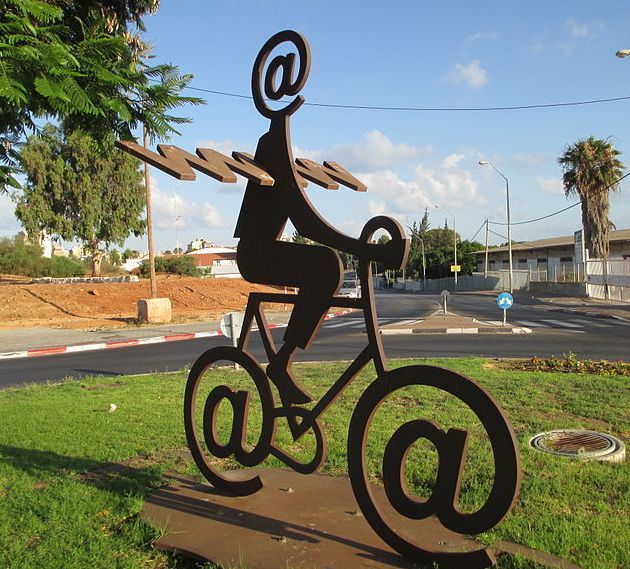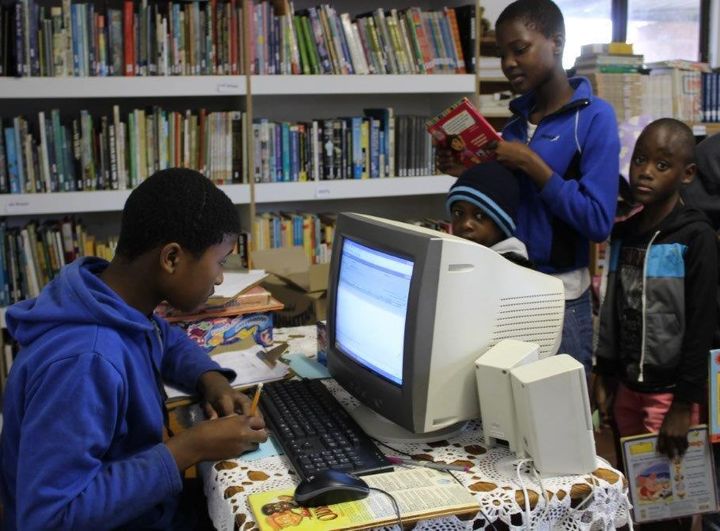
The role of social media in socialization and commercial ventures is well-known. At a personal level, social media plays an important role in helping us communicate with others during times of joy and grief. It helps bring people across continents closer together, in effect heralding the era of the Global Village. It helps learn and to integrate education into every-day life. It also disturbs, distracts and misdirects society into artificial realms of living. In effect, social media has well become part of the fabric of modern living.
Less obvious is the role played by social media in social causes. Apart from being a platform to spread information about social causes, social media applications have been used to play an active part in enabling social service activities. According to a quantitative study entitled “Digital Persuasion: How Social Media Motivates Action and Drives Support for Causes”, released by Georgetown University Center for Social Impact Communication and integrated communications agency Waggener Edstrom Worldwide (WE)’s Social Innovation practice, more than half of digitally active, cause-savvy American adults engage with causes promoted by social media beyond merely clicking the “like” icon. 68 % donate money, 52% donate personal items or food, 43% attend or participate in an event and 53 % volunteer in social media-enabled social causes.
Social networks can foster social causes because of its structure of being relational rather than individualistic, which helps in constructive patterns of inclusion. Connectivity and contagion are the aspects of social networking that increase support for social causes. It also affords opportunities for transmission of behaviours and attitudes among a large and diverse group, and thus shapes social reflexivity and attitudes towards causes. Social networks are also powerful tools to identify opportunities for social care and cause.
There have been many specific social events in the past that have been triggered or augmented by social media. Twitter, a social media application, often seen as a platform to chat and converse alone, has seen its share of social causes. Tweetsgiving, a project of Epic Change raised $10,000 in 48 hours to build a classroom at a school in Tanzania. Not to be outperformed, Facebook’s new social good team builds tools to help its community make the world a better place; it's Amber Alerts tool helps locate missing children, Safety Check tool, first experimented in the wake of Nepal earthquake in April 2015, helps Facebook users connect with friends and loved ones during disasters and its Donate Now button encouraged its users to contribute to the relief effort in Nepal and committed to match every dollar donated up to $2 million.
There are specific sites that are geared towards raising public awareness and support for social causes. Crowdrise is a crowdsourcing community of volunteers and fundraisers that encourages people to raise money and awareness towards causes. The carrot in the end of the stick here is the reward points that earn gifts while being part of a cause. Causes is another application built to work with Facebook, which enables discovery, support and organization of campaigns, fundraisers, and petitions around the issues that impact communities. Jumo, Razoo, ammando and 1% club are other social media applications that help in community outreach activities. GreenITers is an online community, based in Tokyo, that includes people from over seventy countries who aim to use the power of technology and social networks to take on environmental and social challenges.
Social networks are known to help people who are living in or at risk of poverty, helping them, at different stages of their life, to access things like information about benefits, childcare and emotional support. In New Cross Gate, south-east London, for example, the Royal Society for the encouragement of Arts, Manufactures and Commerce (RSA) has drawn up a detailed map of the neighbourhood’s social networks in order to link isolated individuals with peers and support groups.
Apart from helping people connect and respond to socially relevant issues, the altruistic nature of technology enablers (social networking applications) is also significant. Corporate philanthropy has gone beyond the call of being a marketing strategy - 90% of Americans being more likely to trust and stay loyal to companies that actively try to make a difference in society - and has indeed become an integral part of corporate culture. Google Giving, AmazonSmile, Microsoft’s Browser for Better and Apple’s donation matching campaigns are well known examples of large technology companies doing their bit for society. But equally important in spirit, are the contributions of smaller technology companies towards social causes and upliftment. Salesforce’s "1/1/1 Model” of donating 1 percent of its employee time, 1 percent of its product resources and 1 percent of its profits to charitable causes has so far added up to donations of $96 million in grants, equipment worth more than 26,000 nonprofits and 1.1 million hours of volunteer work. SurveyMonkey Contribute has donated more than $5 million for a variety of charities, including Doctors Without Borders, American Red Cross and The Humane Society of the United States. Toptal, a global network of freelance-software developers, helps aspiring software engineers from underrepresented and low income backgrounds through the company’s Toptal Global Mentors Program. Mobicip, our own software startup that develops a cloud-based Internet filter and parental control service to protect children from internet based evils, has recently donated free licenses for its software use to Sinakekele, a non-profit organization that serves orphans and abandoned children in South Africa.

The power of a group of individuals and their network over social causes cannot be underestimated. Social media and technology, by their pervasiveness and capability of linking the world beyond borders, can effectively bring about constructive change to the world, be it on a worldwide scale or by assisting a single individual in need. The process of social cause is changing, and social media and technology are undoubtedly helping to change the rules.
Writing credit: Co-authored by Lakshmi, a Mobicip blogger and social media observer, researching the power of social networks and their effects on human emotions.
Mobicip is the creator of the most powerful and extensive internet safety software for tablets, smartphones and computers in households today. Learn more at www.mobicip.com.
